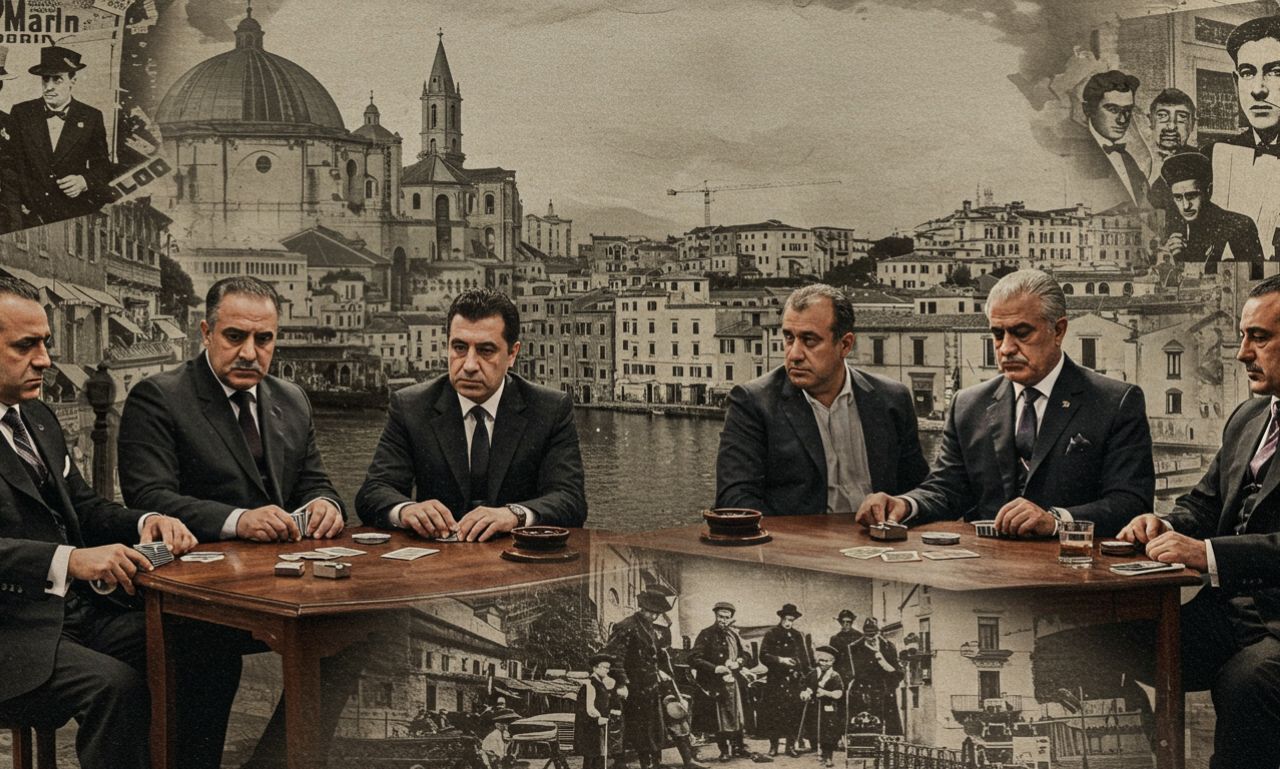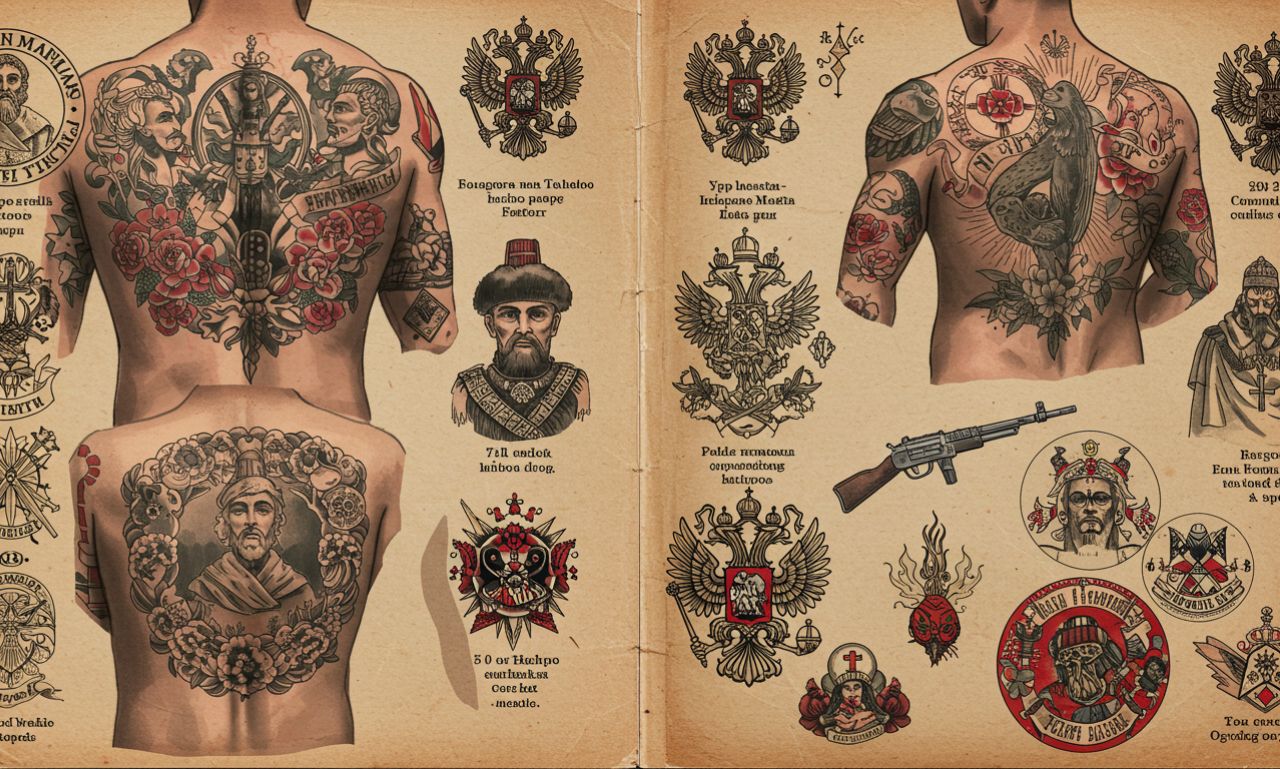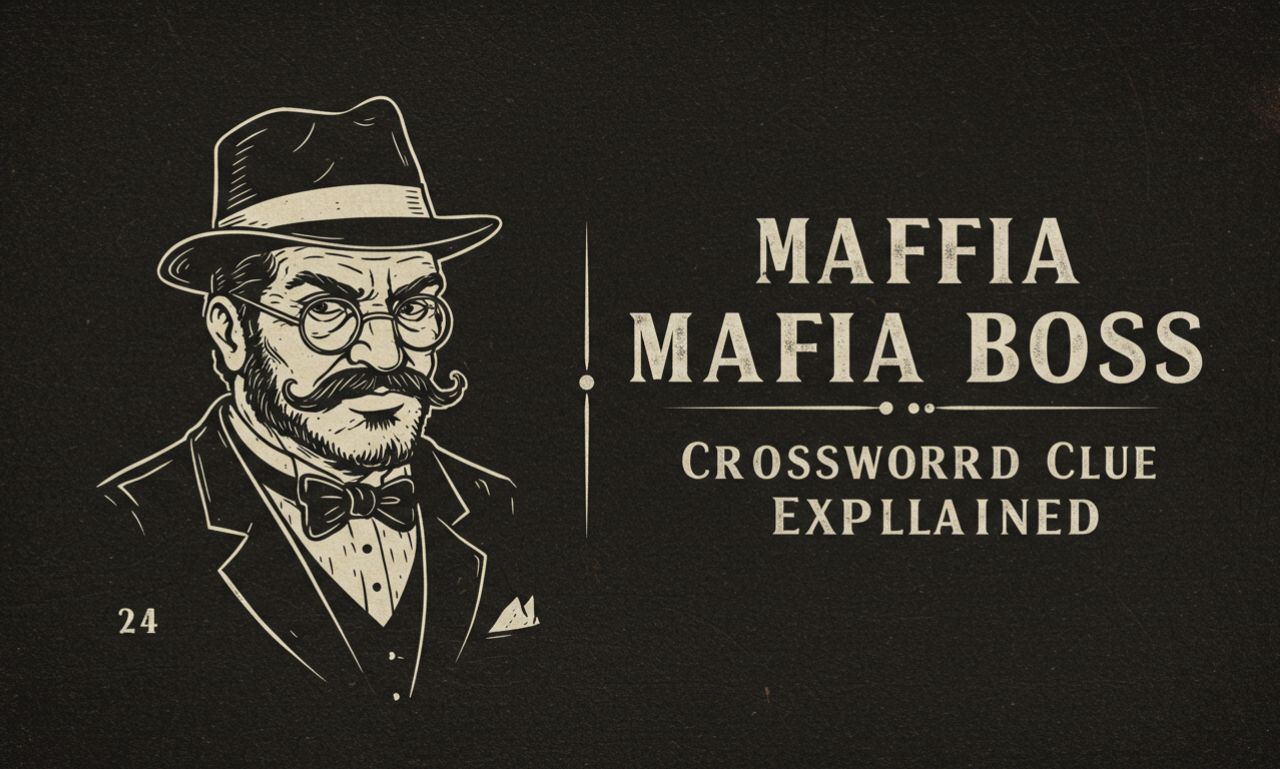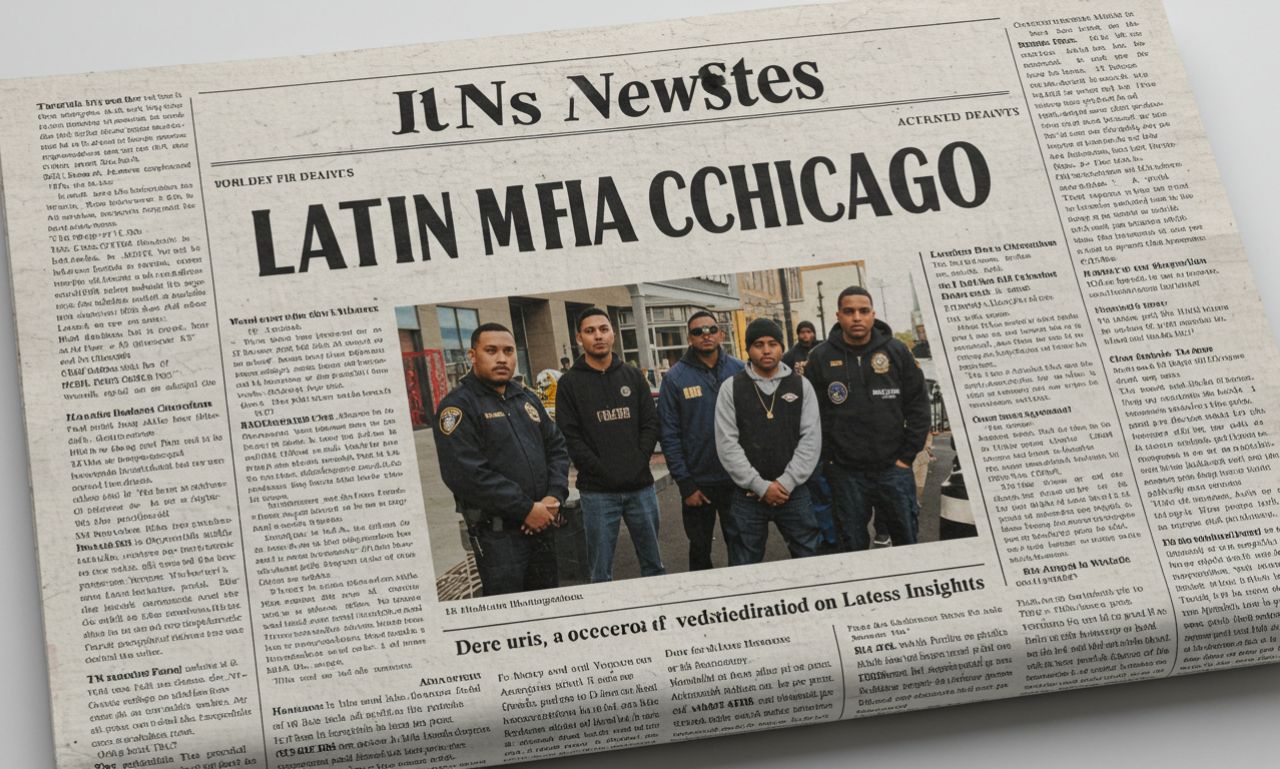-The Mafia has become one of the most recognizable words in the world, often linked with secrecy, loyalty, and organized crime. Originating in Sicily, the Mafia evolved into a powerful criminal network that has influenced politics, business, and culture across continents. Its structure, traditions, and codes of honor have made it both feared and romanticized, especially in popular culture. But beyond myths and movies, the Mafia’s real impact on society has been far-reaching, shaping law enforcement, economics, and even literature.
The Origins of the Mafia
The roots of the Ma-fia can be traced back to 19th-century Sicily, where groups formed to protect landowners and communities from foreign rulers and bandits. Over time, these groups evolved into secret organizations that operated outside official authority. With a focus on loyalty and family ties, the Mafia became a parallel power structure, often stronger than local governments.
The Rise of the Sicilian Mafia
By the late 1800s, the Sicilian Ma-fia had gained a reputation for controlling agriculture, land ownership, and even trade routes. They relied on extortion, protection rackets, and violence to maintain control. Their influence extended into politics, where corruption and intimidation gave them a significant role in shaping governance.
Mafia in America
The early 20th century brought waves of Italian immigrants to the United States. Among them were Ma-fia members who established criminal organizations in cities like New York, Chicago, and Boston. Prohibition in the 1920s created opportunities for the Mafia to dominate the illegal alcohol trade, making them wealthy and powerful. Families such as the Gambinos, Genoveses, and Luccheses rose to prominence, forming what became known as the “Five Families” of New York.
Structure of the Mafia
The Mafia’s success is built on a hierarchical structure:
-
Boss (Don) – The leader who oversees the family.
-
Underboss – Second-in-command, managing operations.
-
Consigliere – An advisor who offers counsel and settles disputes.
-
Capos (Captains) – Leaders of smaller groups within the family.
-
Soldiers – Members who carry out orders and tasks.
-
Associates – Non-members who work with the Mafia but are not initiated.
This hierarchy creates stability, loyalty, and an efficient chain of command.
Codes and Rules of the Mafia
Ma-fia members live by strict rules:
-
Omertà – The code of silence, forbidding cooperation with authorities.
-
Loyalty to Family – Members must place loyalty to the family above all else.
-
Respect and Honor – Maintaining dignity in dealings with allies and rivals.
-
Retribution – Betrayal or disobedience is punished severely.
These rules reinforce control and secrecy within the organization.
Mafia Activities
The Mafia engages in a variety of criminal enterprises, including:
-
Extortion and protection rackets.
-
Smuggling and drug trafficking.
-
Gambling and loan sharking.
-
Money laundering and fraud.
-
Political corruption and influence.
Over time, Mafia operations diversified, even infiltrating legitimate businesses.
Mafia and Politics
The Mafia has long influenced politics, both in Italy and abroad. Through bribery, intimidation, and connections, they secured contracts, influenced elections, and shielded themselves from prosecution. In post-war Italy, the Mafia often worked with politicians to maintain regional control, especially in Sicily.
Mafia in Popular Culture
Films, books, and television have immortalized the Ma-fia in global culture. Classics like The Godfather and Goodfellas present a dramatized view of Ma-fia life, blending violence with themes of loyalty and family. While these works romanticize the Mafia, they also highlight the brutality of organized crime.
The Global Spread of the Mafia
Though born in Sicily, the Ma-fia’s influence spread worldwide. Variants include:
-
Camorra in Naples.
-
’Ndrangheta in Calabria.
-
Cosa Nostra in the United States.
-
Yakuza in Japan and Triads in China, which share structural similarities.
These organizations differ in culture but share codes of secrecy, loyalty, and power.
Mafia and Business
The Ma-fia has infiltrated legitimate industries such as construction, waste management, and shipping. By blending legal and illegal enterprises, they create networks of influence that are difficult to dismantle. This tactic also allows them to launder illicit profits.
Law Enforcement vs. Mafia
Authorities worldwide have fought the Ma-fia for decades. In Italy, the Maxi Trials of the 1980s exposed Mafia crimes and convicted hundreds of members. In the U.S., the FBI’s use of wiretapping and the RICO Act (Racketeer Influenced and Corrupt Organizations Act) weakened Mafia families significantly. Despite this, the Mafia adapts and continues to operate in new ways.
The Decline of the Mafia
The late 20th century saw a decline in Mafia power due to increased law enforcement, global cooperation, and cultural changes. Younger generations often chose legitimate careers over criminal life. Yet, while weakened, the Mafia has not disappeared—it has transformed into more discreet, business-oriented operations.
Mafia and Society
The Ma-fia has left lasting marks on society:
-
Distrust in government institutions.
-
Fear and silence within communities.
-
Corruption that undermines justice.
-
Fascination in art and storytelling.
The duality of fear and admiration continues to fuel debates about its role in history.
The Role of Women in the Mafia
Traditionally excluded, women often played secondary roles in Ma-fia families. However, in recent years, some women have taken active roles in managing businesses, running operations, or even leading organizations when male relatives were arrested.
Ma-fia Myths vs. Reality
Pop culture has created myths about the Ma-fia, such as its supposed “honor” or glamorous lifestyle. In reality, Ma-fia life is violent, dangerous, and full of betrayal. The romanticized image hides the suffering caused by extortion, drugs, and murder.
The Mafia Today
Today’s Ma-fia operates more quietly, focusing on financial crimes, cybercrime, and international drug trafficking. While less visible, it remains a powerful force in global organized crime.
Future of the Ma-fia
The Ma-fia is evolving in response to globalization and technology. Cybercrime, digital money laundering, and global trafficking networks are the new frontier. The challenge for law enforcement is to adapt faster than the Ma-fia does.
Why the Mafia Still Matters
The Ma-fia still matters because it highlights the ongoing struggle between law, order, and organized crime. It is a reminder of how corruption and secrecy can erode societies. Understanding its history helps us prevent its future growth.
Conclusion
The Ma-fia is more than just a crime syndicate—it is a cultural phenomenon with roots in history and branches across the globe. From its rise in Sicily to its dominance in America, and its modern evolution into global crime networks, the Ma-fia continues to intrigue, frighten, and influence. While law enforcement has weakened its grip, the Ma-fia’s adaptability ensures that it remains a powerful force. Understanding its history and legacy is essential to facing its future.




